Cross-Town Pen Pals: Support Multiculturalism in Classrooms
Karla Klemme, Chouteau Elementary, North Kansas City
Introduction
The main objective of this pen pal project was to use diverse books representing cultures around the world to make connections with students in a different classroom in the district. Students used multicultural books to collaborate throughout two reading units that focused on theme, inferring, and point of view. The students communicated their learning through post cards, videos, and posting on an online site called Padlet. This immersive experience introduced students to new points of view and different ways of life. It also addressed important themes such as empathy, breaking down stereotypes, understanding biases, and fostering self-esteem.
Step-by-Step Plan
- Get permission from the administrator to carry out the project.
- Find a collaborating teacher.
- Finalize with the partner teacher which units and books will be used for the project.
- Purchase the multicultural books.
- Write a letter to the collaborating classroom introducing your classroom and explaining the project.
- The collaborating class responds through their choice of communication.
- Have the books for the first unit delivered to the other classroom.
- Teach the first decided upon teaching points.
- Students collaborate through Padlet with a student from the other classroom who read the same book.
- Have the second round of books delivered to the collaborating classroom.
- Teach the decided upon teaching points.
- Have students collaborate through video with a student from the other classroom who read the same book.
- Students end the project by writing a letter to one another explaining their favorite book.
Timeline
See step-by-step plan above.
Budget
- The Most Beautiful Thing by Kao Kalia Yang
- The Day You Begin by Jacqueline Woodson
- The Year We Learned to Fly by Jacqueline Woodson
- A Map into the World by Kao Kalia Yang
- Lubna and Pebble by Wendy Meddour
- Let the Children March by Monica Clark-Robinson
- The Water Princess by Susan Verde
- Nadia’s Hands by Karen English
- Amy Wu and the Perfect Bao by Kat Zhang
- Big Red Lollipop by Rukhsana Khan
- The Sandwich Swap by Queen Rania of Jordan Al Abdullah
- One Green Apple by Eve Bunting
- The Mexiglish Girl/ La Chica Mexiglish by Natalia Simons
- Jabari Jumps by Gaia Cornwall
- Ravi’s Roar by Tom Percival
- Lunch Every Day by Kathryn Otoshi
https://drive.google.com/file/d/1t8q0FLLgljdMlaxp4ze0cZFK8oMhzLHL/view?usp=sharing
What did it look like?




Sustainability
The collaborating teacher and I have enjoyed the students’ interaction with their pen pals. It brought them joy to share their learning with a student from another school. Since the other teacher and I already have the books, we can continue the project year after year. This project can work for any grade level by adjusting the book list and communication.
Reflections
Through their study on multicultural literature and its potential, Singer and Smith (2003) suggest that “it is the responsibility of the teacher to bring in a broader perspective of the world, and to create a classroom climate where students engage in critique of both the text and their own perspective” (p. 22). This project brought representations of many cultural groups that make up the community, society, and the world in which students live to promote awareness, empathy, and acceptance of others. As I added more multicultural books into my classroom library, I saw a boost of self-esteem and engagement in my diverse students as they connected to the themes and characters. My collaborating teacher reported her students were able to connect to the books as well as finding similar aspects of their lives in different cultures.
Morcom (2022) discovered through three year-long research projects that “peer interaction supports the development of communication, social and emotional competencies required for effective collaborative learning” (p. 1530). This project did just that! The anticipation students had when they saw the envelope of letters from their pen pals was infectious. Both my collaborating teacher and I saw our students’ communication skills grow each time they recorded videos and wrote online posts or letters. She and I connected often, sharing photos and anecdotes of our students communicating with each other. Engagement and motivation increased for all involved as we saw students taking extra pride in the work they were sharing with a peer across town.
Throughout this project, I have gained insight on how to improve it for subsequent years. There are 5 things I will adapt:
- Include letter writing lessons—even though students put in a great deal of effort, they could use some help in writing a formal letter.
- Collaborate on the timing of lessons—my collaborating teacher and I didn’t complete pen pal communication at the same time, so our classes were off a week at times which made some students inpatient to hear from their pen pal.
- Expand book list—not all the titles I ordered addressed targeted themes.
- Culminate the pen pal project with a picnic at a park.
- Choose more than two units for collaboration—students would have enjoyed more opportunities to engage with their pen pals.
Recommendations
I highly recommend finding a collaborating teacher to bring the magic of pen pals to your students. When planning, be sure to choose your books carefully with your learning objectives in mind. Multicultural literature provides the “possibilities to interact, to learn about people whose experiences, cultures, social and economic situations, and heritages that differ from their own may only be possible through the literature that is available to them in school” (Robinson, 2013, p. 50). Students increased their social skills while recalling learned material. They were able to practice reading, writing, speaking, and listening as they shared their learning. It also supported educational technology in the classroom.
Salas et. al (2002) make the following recommendations for finding accurate and authentic quality literature to put into students’ hands.
- Characters should be authentic, not stereotyped.
- Characters should be balanced with regard to physical, social, and emotional attributes.
- The setting should be consistent with either a historical or contemporary time frame.
- The themes and values should be consistent with the specific culture depicted.
- The illustrations, gender roles, and information about the culture should be accurate.
- The selection should be rich in cultural details.
- The selection should include an authentic interaction between characters with a cultural group or between two or more cultural groups.
- There should be a purpose for including members of a "minority" group, not just to fill a quota of sorts.
- The selection should invite reflection, critical analysis, and response.
(pp.4-5)
References
Morcom, V. (2022). Social practices and relational agency to support student collaboration: A sociocultural perspective. Issues in Educational Research, 32(4), 1530-1547.
Robinson, J. A. (2013). Critical approaches to multicultural children’s literature in the elementary classroom: Challenging pedagogies of silence. New England Reading Association Journal (48)2, 43-51.
Salas, R. G., Lucido, F., & Canales, J. (2002). Multicultural literature: Broadening young children’s experiences (ED468866). ERIC. https://files.eric.ed.gov/fulltext/ED468866.pdf
Singer, J. Y. & Smith, S. A. (2003). The potential of multicultural literature: Changing understanding of self and others. Multicultural Perspectives, 5(2), 17-23. https://doi.org/10.1207/S15327892MCP0502_4
See Examples of Winning Demonstration Projects
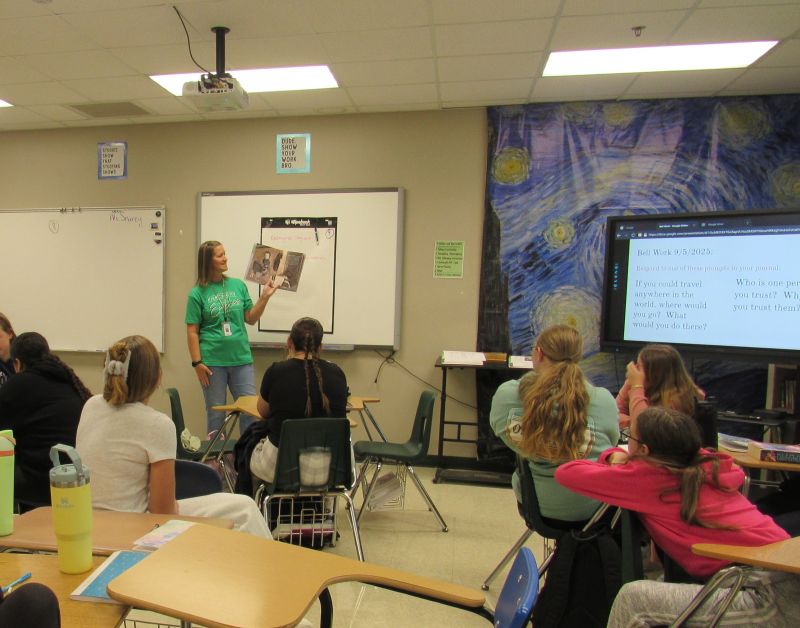
Multicultural Monday Read-Alouds
The goal of this project is to increase multiliteracy and multicultural awareness with students through select read-aloud books. Of the many excellent books available, thirty were chosen as read-alouds for sharing weekly with the class throughout the school year. For each book, I also created a mini…

Bringing Families Together:
The Monett community is home to a linguistically diverse population, with students speaking over twenty different languages or dialects. The number of families considered Newcomers, those newly arrived in the United States, is rapidly increasing in our schools. As a result, it is critical for…

Multilingual Language Games:
Many times, families do not have access to language and education-based resources. The multilingual board game lending library is designed to celebrate bilingualism and help bridge the gap between home and school. Games encourage growth in the areas of English language acquisition as well as each…

Read, Speak, Succeed: Empowering Future Global Communicators
The primary objectives of this project are twofold: to enhance literacy and language proficiency by reading Spanish-language books and materials. Given that my students are studying Spanish with the ultimate aim of effective communication, it is essential for them to excel in both understanding…

Using Bilingual Texts to Support Translanguaging for English Learners
English Learners (ELs) face unique challenges in the classroom. In order for them to access grade-level curricula in their second language (L2), educators—both English Language Development (ELD) teachers and classroom teachers—provide many types of scaffolds to support students' understanding. Some…

Reading Artwork: Using Family Dialogue to Aid Meaning-Making for English Learners
Visual literacy and peer conversations are critical components of early language learning. This project creates new interactions for English Learners (ELs) between their peers and family. First, by engaging in classroom conversations while “reading” art, followed by sending wordless…

Illuminating Diversity: A Mural to Share Stories through a Multicultural Lens
This project included a 10-Day Artists-in-Residency with Rodrigo Alvarez and Isaac Tapia. These artists worked with students in our English Language Development (ELD) Program to design and paint a 10’x40’ mural, emphasizing the cultural and linguistic diversity of Parkview students both past and…

World Fest: Showcasing Cultural and Linguistic Backgrounds
World Fest was a beautiful and successful event! The event was a vibrant celebration of cultural diversity, filled with excitement and enthusiasm. For our Creekmoor English Learners (ELs), World Fest was a wonderful opportunity to showcase their rich cultural and linguistic backgrounds. It was a…

Global Welcome: Bridging Cultures in High School
Given the community's ties to the tourism industry, Branson High School serves a student population with diverse linguistic and cultural backgrounds. This project advocates for multiliteracy through the creation of welcome banners and custom lanyard badges. By creating welcome banners for the school…

The Language Bus: Bringing Early Literacy Skills to the Community
In our community we recently had an increase in students who speak Burmese or Karen. As an Early Childhood Special Education teacher watching the referrals come through, I began to notice that home language literacy needed to be strengthened to develop age-appropriate communication skills. Many of…
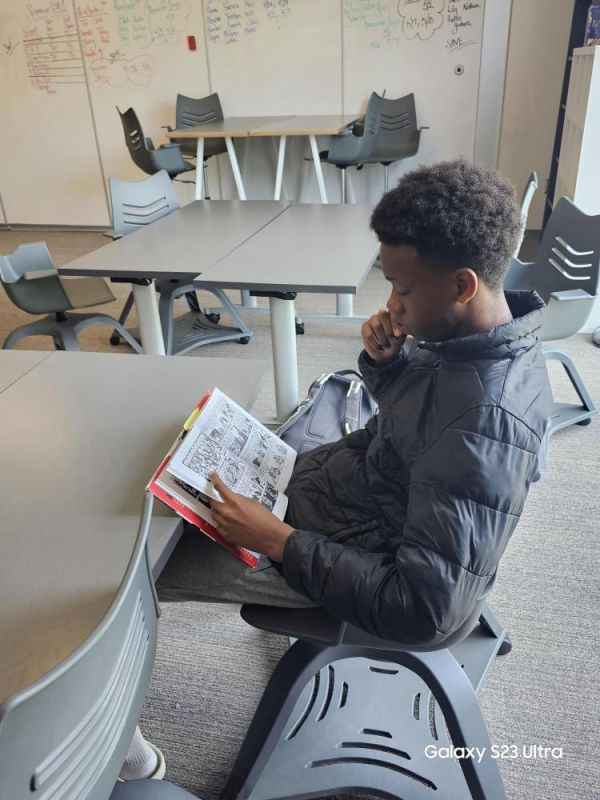
LEADing Internationally: Annual Spotlight Night to Support Learning in Any Language
LEADing Internationally emphasizes a strengths-based approach which values learning in any language (Regional Educational Laboratory Program, 2015). This project seeks to provide materials in students’ home languages (Arabic, Chinese, English, Somali & Spanish) for student project work, required…
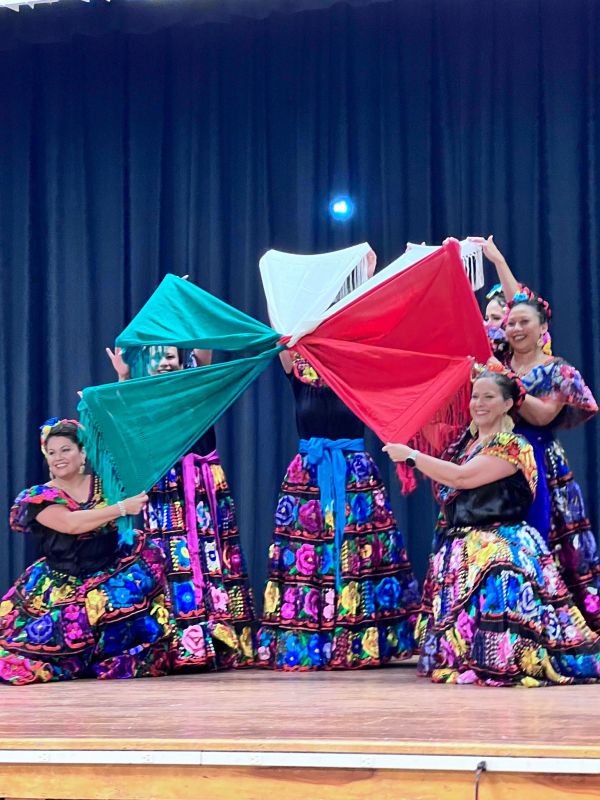
Culturally Aware Comets: Experiencing Different Cultures through Books, Food, and Games
Mark Twain Elementary has a diverse population of students and staff, many of whom come from different backgrounds. Our school's diversity needed to be celebrated and recognized. Many students come from low-income families. These students have yet to have the opportunity to travel or gain…
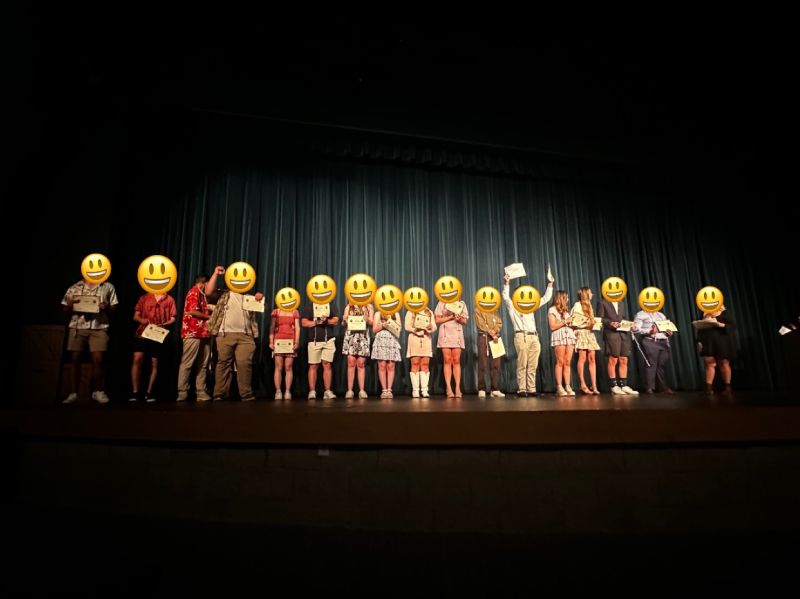
Heritage Voices: Empowering & Celebrating Biliteracy
The Heritage Voices: Empowering & Celebrating Biliteracy project aims to support heritage speakers in developing their bilingual and biliterate abilities. Given the large population of Spanish-speaking students in our district, our primary goal is to provide resources and guidance to heritage…
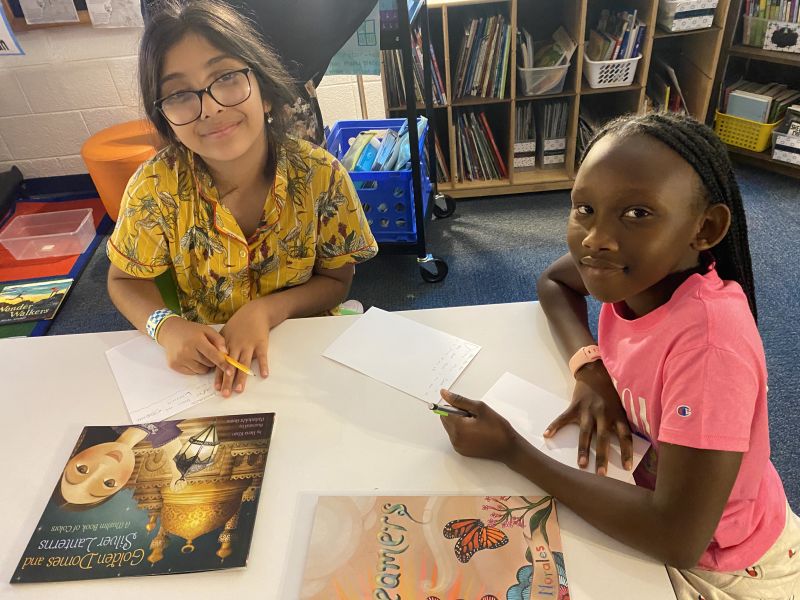
Cross-Town Pen Pals: Support Multiculturalism in Classrooms
The main objective of this pen pal project was to use diverse books representing cultures around the world to make connections with students in a different classroom in the district. Students used multicultural books to collaborate throughout two reading units that focused on theme, inferring, and…
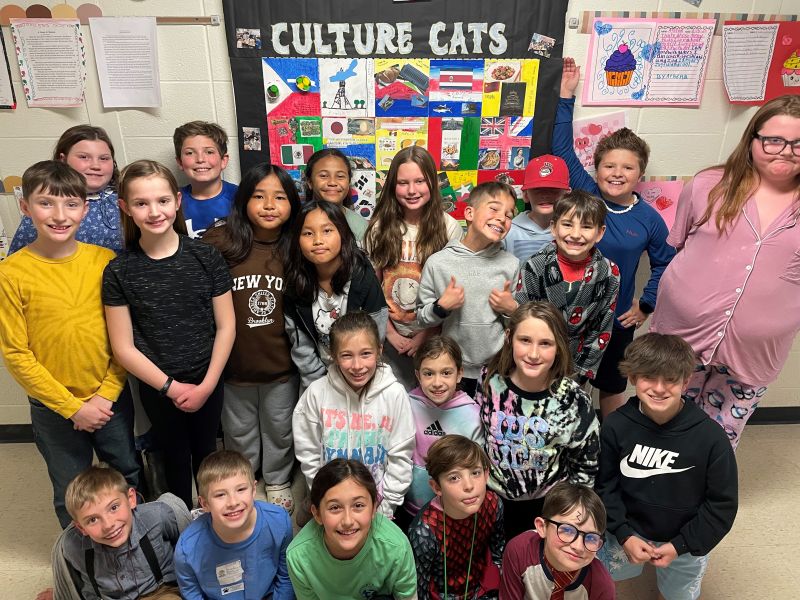
Culture Cats: Exploring Countries and Cultures
Culture Cats is an after-school club that promotes learning and exploring other countries and cultures. We are called Culture Cats because our school has many English Learners (ELs) that make up our student body and our mascot is a wildcat. We use books, guest speakers, games, crafts, and snacks to…
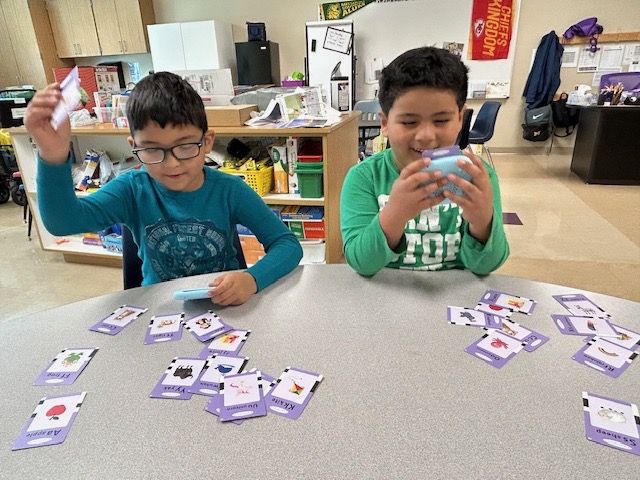
Activities for English Learners: Supporting ELs in the Classroom
The Monett School District boasts a richly diverse student body, with English Learners (ELs) representing the fastest-growing demographic nationwide, having increased by 60% over the last decade (Breiseth, 2015). Our district welcomes students from various countries, with Spanish being the…

Home-to-School Communication: Connections with Wordless Picture Books
The Monett community has twenty plus different languages or dialects spoken here. Newcomer families from other countries are on the rise, and there is a constant need to help students learn English as a second language. The purpose of this project is for students to practice their language skills at…
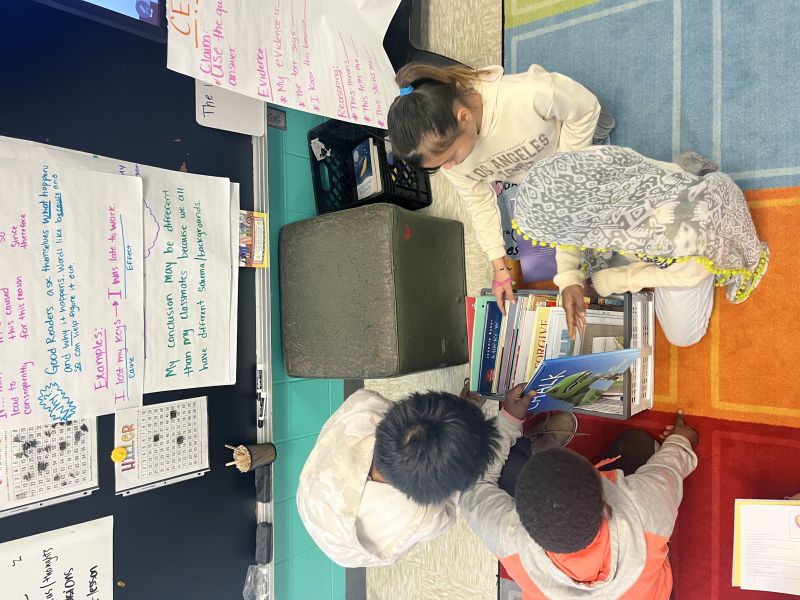
Wordless Picture Books: Bring Life to Language
My project’s purpose is to give English Learners (ELs) access to text through wordless picture books. The goal of using these books in our class and school is to engage students who are multilingual in our classrooms. Students may work on their language skills as well as reading and writing skills…
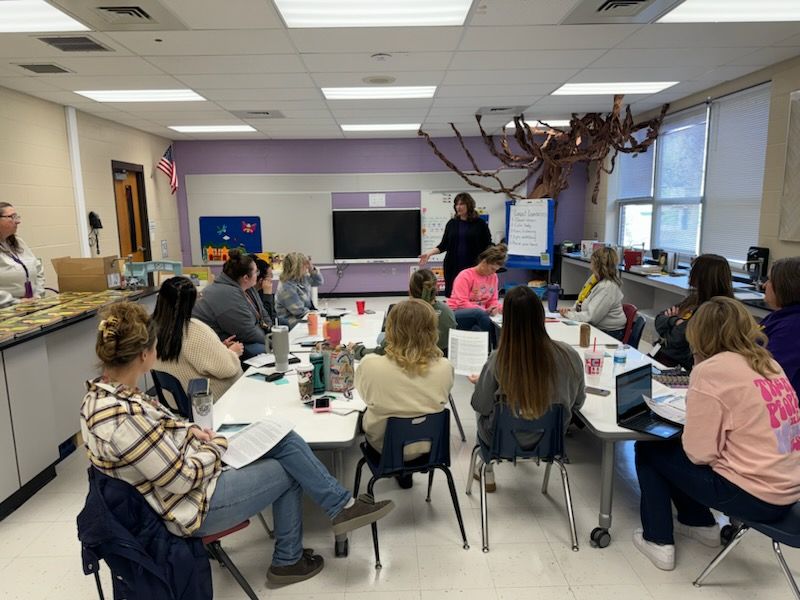
Developing a Culturally and Linguistically Responsive School: Professional Development to Highlight Assets ELs Bring to the Classroom
The Monett R-1 School District serves a large population of English Learner (EL) students; out of 2,346 students, 48% identify as a minority. Many students come from low socio-economic backgrounds and have minimal literacy exposure. About half of the students in each Monett classroom are ELs, and…
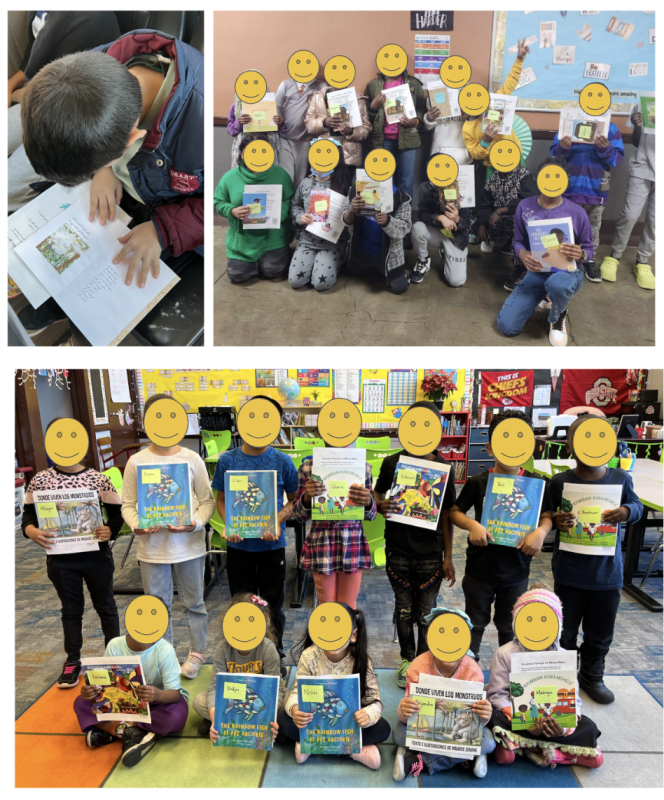
Home Language Reading Skills: Creating Routines for Literacy at Home
As many refugee and immigrant families arrive in America, their focus on language and literacy often shifts exclusively to the English language. Multilingualism is a strength, and it is important that our families maintain their home language literacy skills in conjunction with their English…
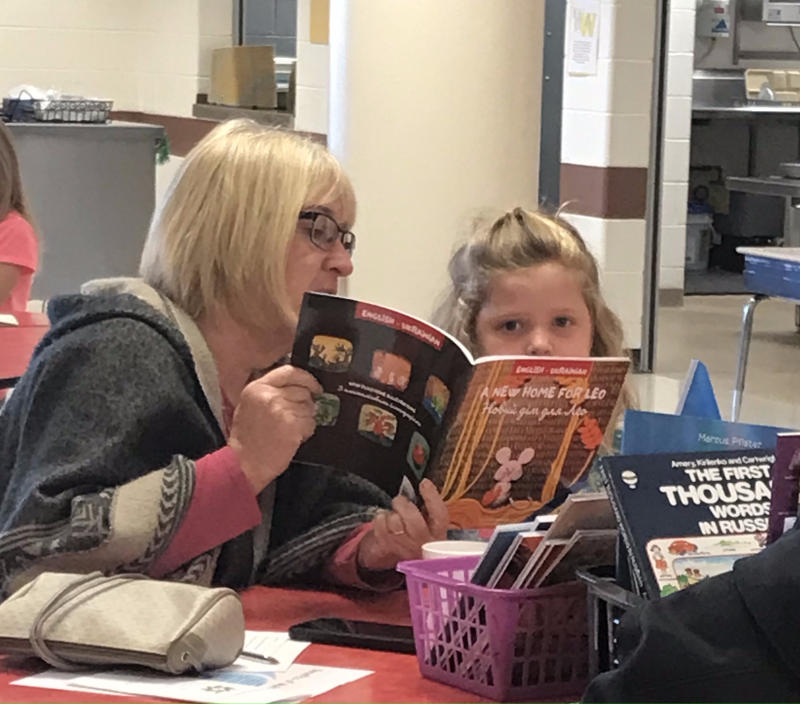
Biliteracy Breakfast: Promoting Multilingual and Multicultural Literature in a Casual Setting
Many multilingual families forgo maintaining literacy in their heritage language in the pursuit of English. It is important to highlight the value and benefits of continuing the development of home languages. By inviting students and families to read together and explore literature and language, we…
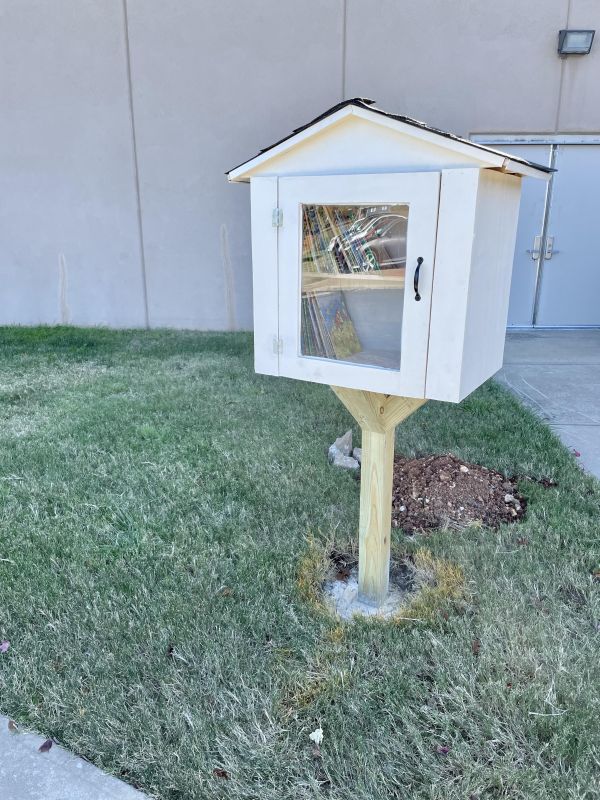
Our Little Library: Using Little Lending Libraries to Meet Multilingual Needs
Many families of English Learners (ELs) are not able to read books from school with their child or help with homework because of the language barrier. Since some families believe they are unable to help their children with English and/or homework, they can become very disconnected from their child…
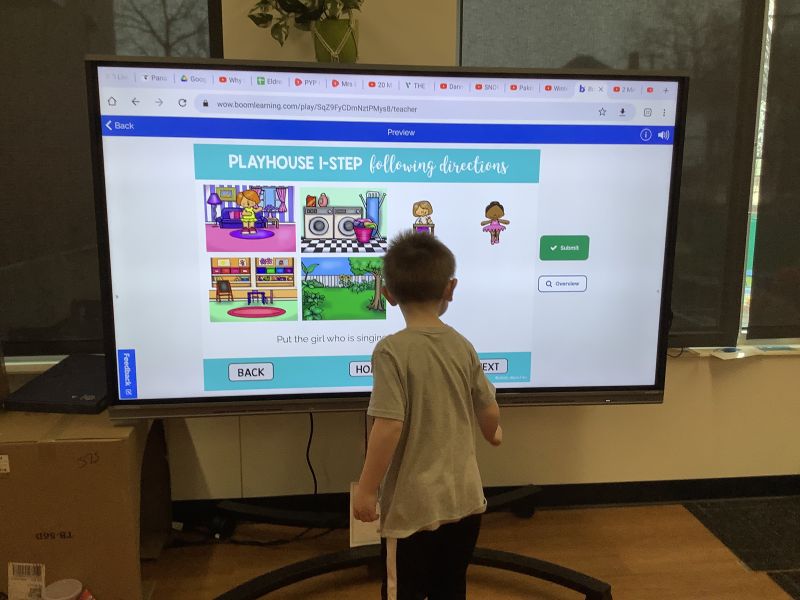
Rounding Up Resources: Helping Early Childhood Teachers Meet Multilingual Learner Needs
There are many resources available to support educators of English Learners (ELs), however, having access to those materials isn’t always easy. One cannot overstate the value of having resources available for teachers. We know that “without specific knowledge related to language development, even…
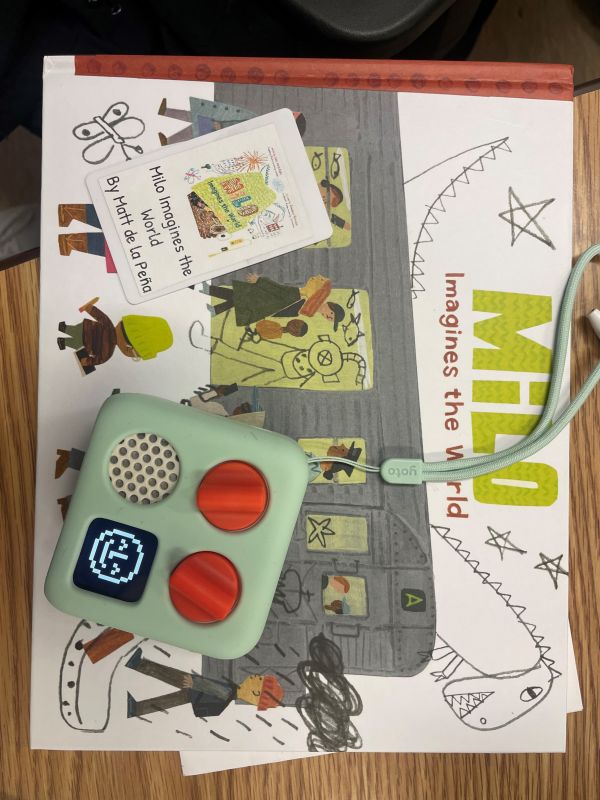
Multilingual Listening Library: Using Yoto audio players to support all students
Three second-grade classrooms offered their students access to a multilingual listening library. The main objective of this project was to promote the use of home languages and encourage English language acquisition.This project had two primary goals:To provide students with frequent access to…
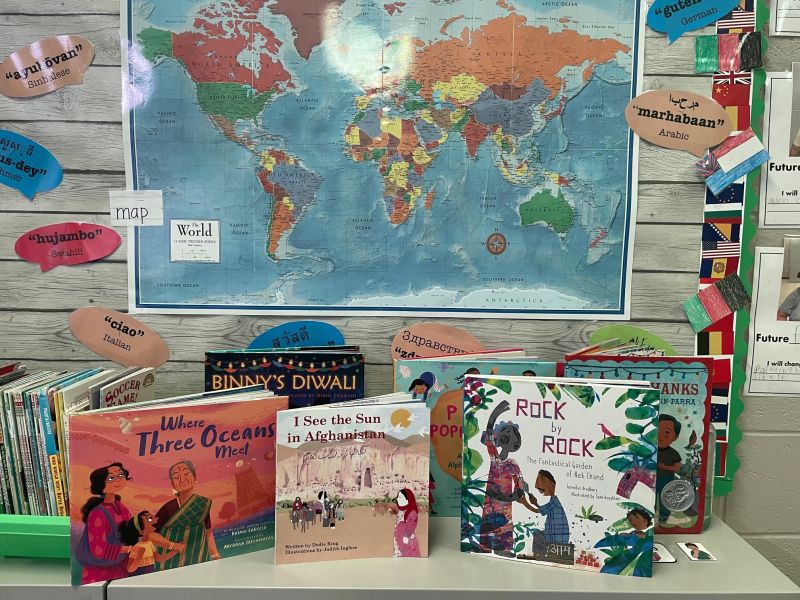
Around the World: Family Literacy Night
Around the World Family Literacy night is a project designed to highlight differences in culture and build literacy skills. As an EL teacher in my district, I understand the importance of creating opportunities for our students and families to learn about other cultures within our school community.…
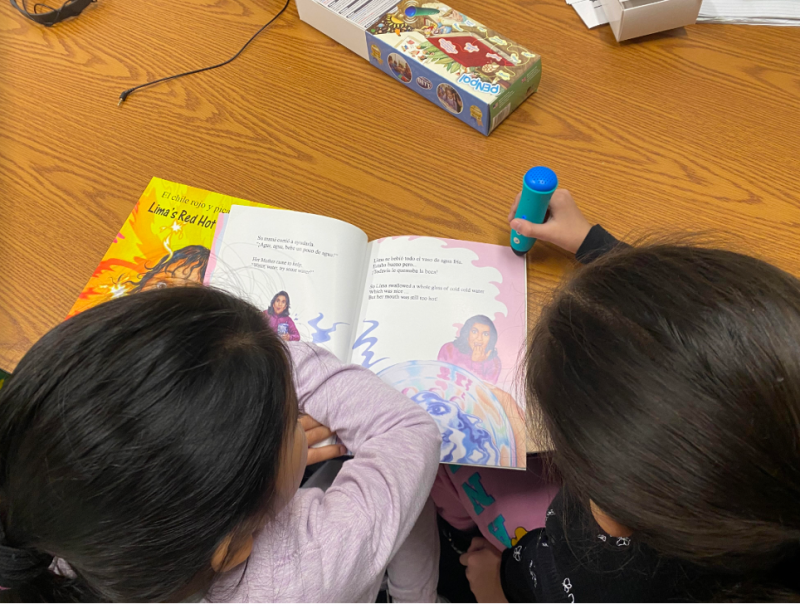
Home-to-School Literacy Project: Increasing family literacy with bilingual resources
Family literacy activities are essential for student academic success in school. The Home-School Literacy Project equips students and parents with bilingual activities, books, and resources to support their literacy skills. Families participate in a literacy night to share their own experiences and…
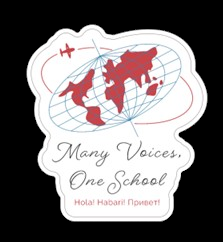
Many Voices, One School: Using QR codes to give ELs a voice
Many of our students come to us from various countries, backgrounds, and cultural experiences. While some families bring educational experiences from their home countries before relocating to the United States, others, particularly our newcomers, may not have a strong literacy background or history…
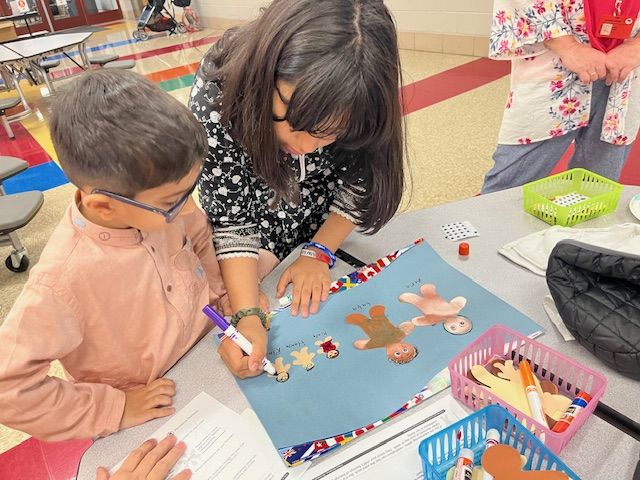
A Multicultural Pirate’s Reading Night
Our school mascot is a pirate. My project, A Multicultural Pirate’s Reading Night, was an event in which multicultural families who have children enrolled in Preschool or Kindergarten were invited to learn about the importance of promoting literacy in their first language as well as English. The…
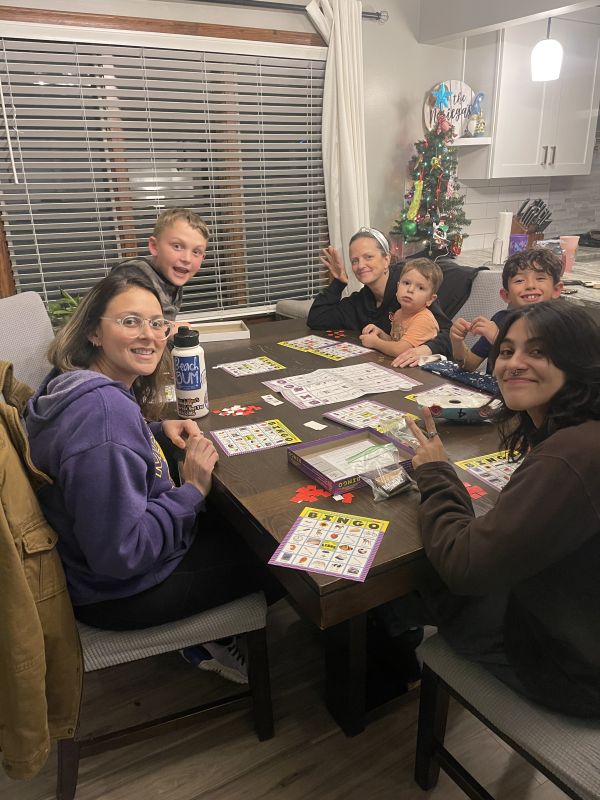
Promoting Family Conversations in Multiple Languages
There is a need for deep conversation, even at a first-grade level. The purpose of the project is to promote conversations between students and their families via play, read-alouds, and everyday activities through literacy kits that students can check out. The kits include books, phonics games,…
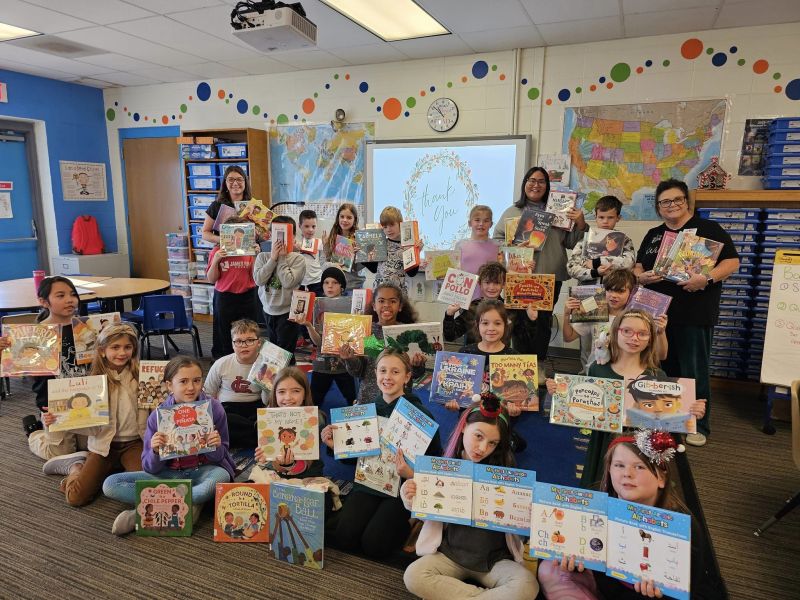
Celebrating Multilingual Magic: Nurturing the Social and Emotional Well-being of ELs
Wanda Gray Elementary stands as a cornerstone for education in Springfield, Missouri, providing a nurturing space for a diverse student population. Currently hosting 483 students weekly, with 29 benefiting from English Language Development (ELD) services and speaking languages other than English at…

A World of Languages in Our Classroom: Celebrating cultural diversity with guest readers
As a model language-rich classroom in my district, it is my goal to provide a comfortable, interactive environment for our multilingual students and their families. When students see their native language in books, posters, and through multimedia presentations they feel valued and have a sense of…
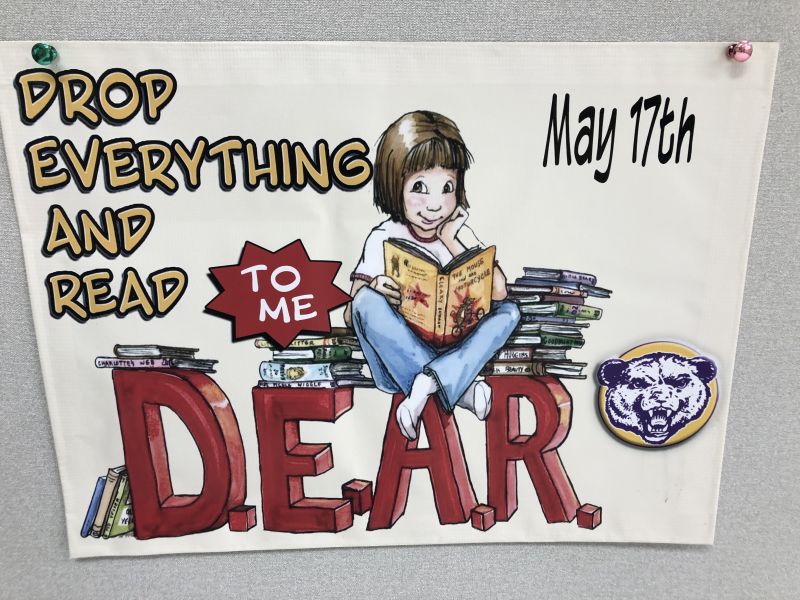
DEAR to Me: Fostering biliteracy through middle school mentors
DEAR to Me stands for Drop Everything and Read to Me and that is exactly what happened at the Monett Early Childhood Center.DEAR to Me is a special time for Middle School students to come and read in small groups. Our kindergarten students got to hear books read to them in English, Spanish and…
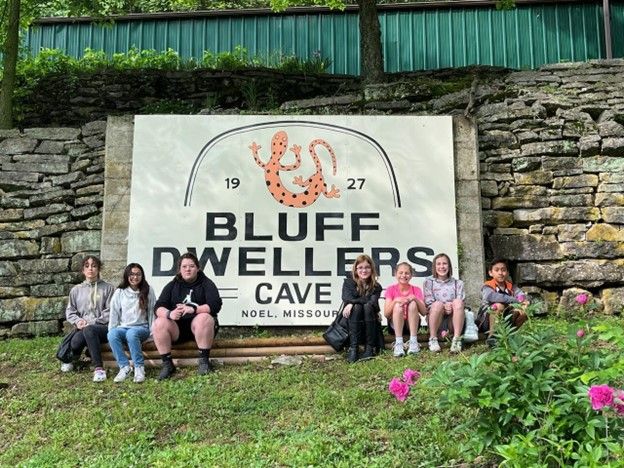
Dig Into Reading: Promoting students reading 15 minutes daily in school and at home
Through the Dig Into Reading multiliteracy project, we have created a culture of reading within our school and are continuing to promote reading engagement at home. We have been able to provide multilingual literacy resources and encouragement to enhance students' reading in their preferred…
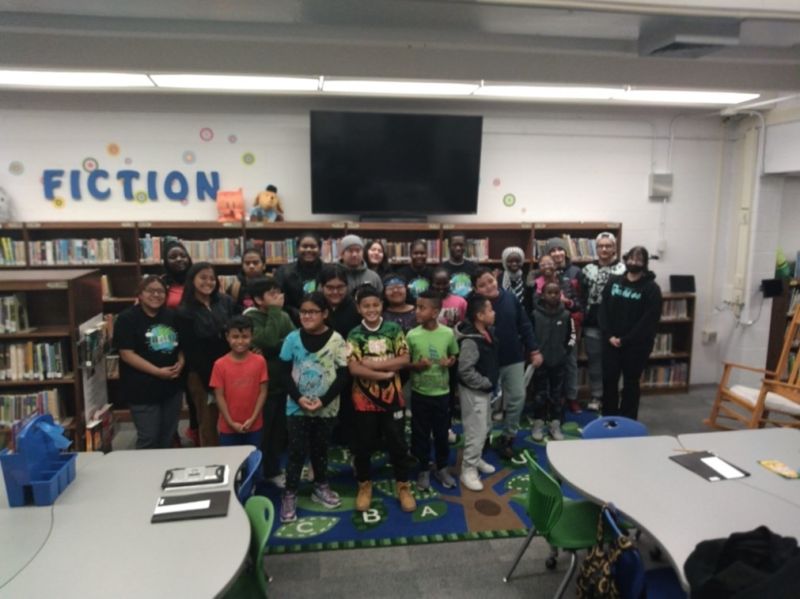
HELLO! HOLA! XIN CHÁO! BONJOU! HALO! Connecting high school and elementary ELs
As the population of English learners (ELs) continues to grow in our community, students can utilize their home language as a means to develop second language skills. The ELL Outreach Program brings together students of different ages yet similar cultures and languages to improve their English…
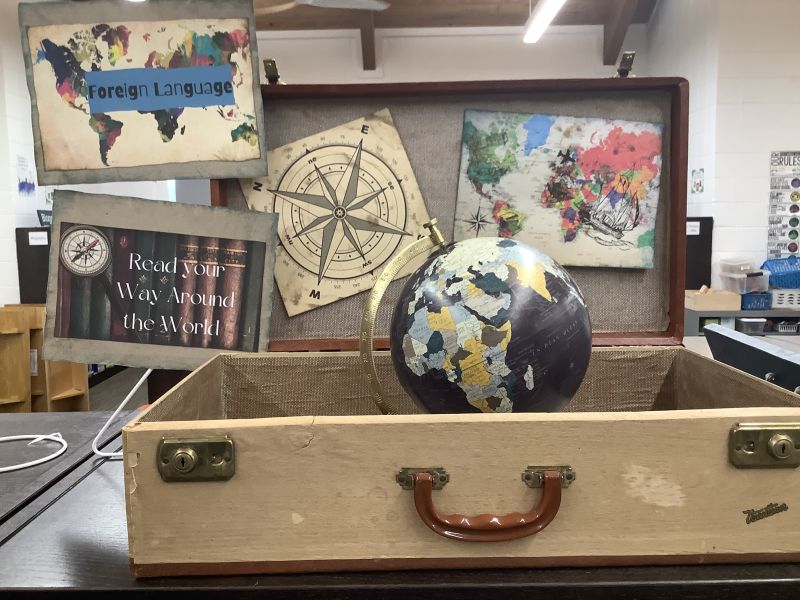
Many Languages, One Shelf: The Building Bilingual Book Section Project
This project allows English learners the opportunity to check out materials that represent diverse cultures and languages. Most materials are bilingual and include English translations on the same page. These resources promote and maintain ELs’ home languages and build English proficiency. As a…
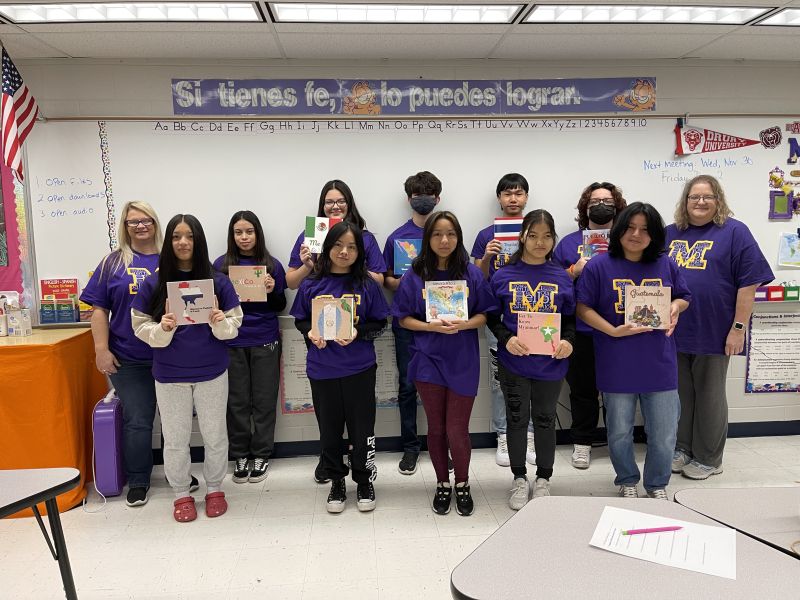
Our Cultural Heritage: Students create a bilingual alphabet book of their home country with family assistance
Our Cultural Heritage is a project designed for students and families to work, share, and learn together. This project is designed for students to practice various reading, writing, and speaking skills to create an alphabet book about their families’ home countries. Using a digital online book…
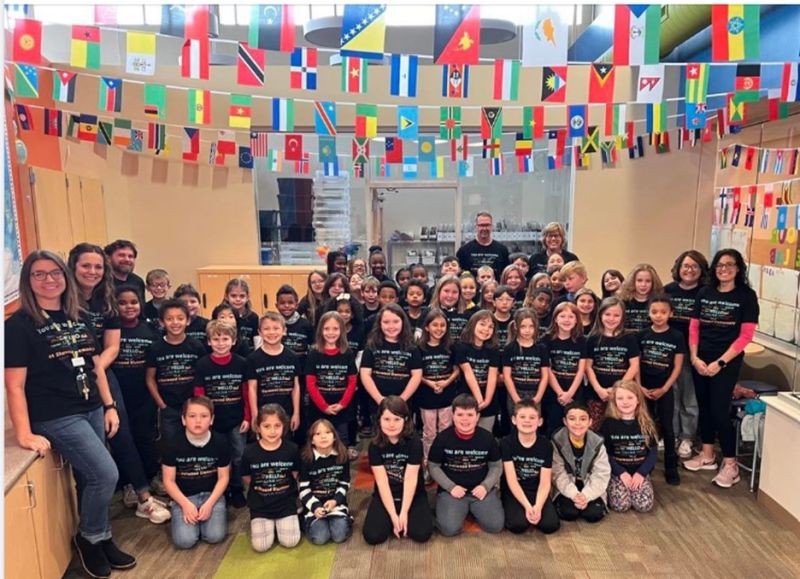
Language Clubs: Promoting cultural diversity and biliteracy
The students in our school come to us from many different backgrounds and cultural experiences. As educators, it’s our job to make all students feel welcomed and safe at our school and in our classrooms. Promoting and valuing the first language helps English learners and bilingual children feel more…
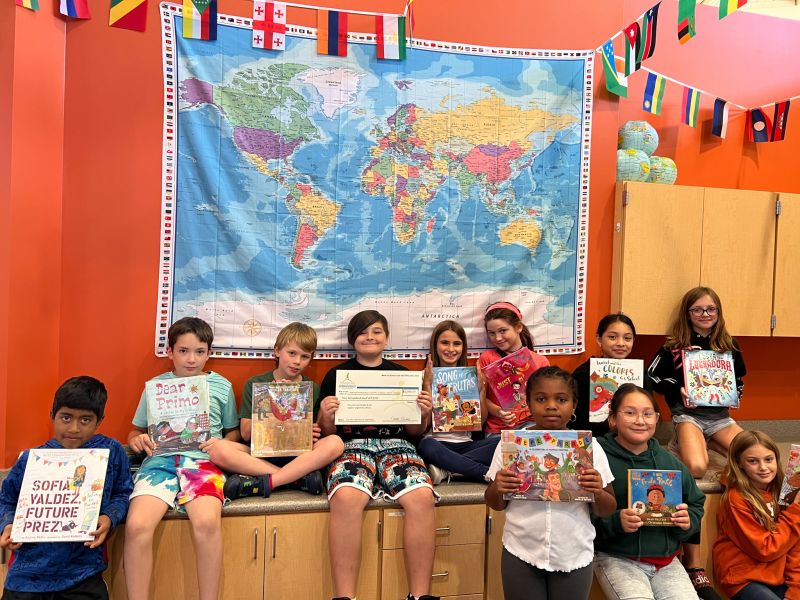
Welcome to Our Language Lab
How can we make our schools more welcoming, accepting, and engaging for our students and families joining us from other places around the world? With a Language Lab!

Multilingual Garden Unit
A community garden not only adds beauty to a school but also instills pride in the students that help build it. By utilizing best practices that teach English Learners (ELs), students explored how to design a garden.
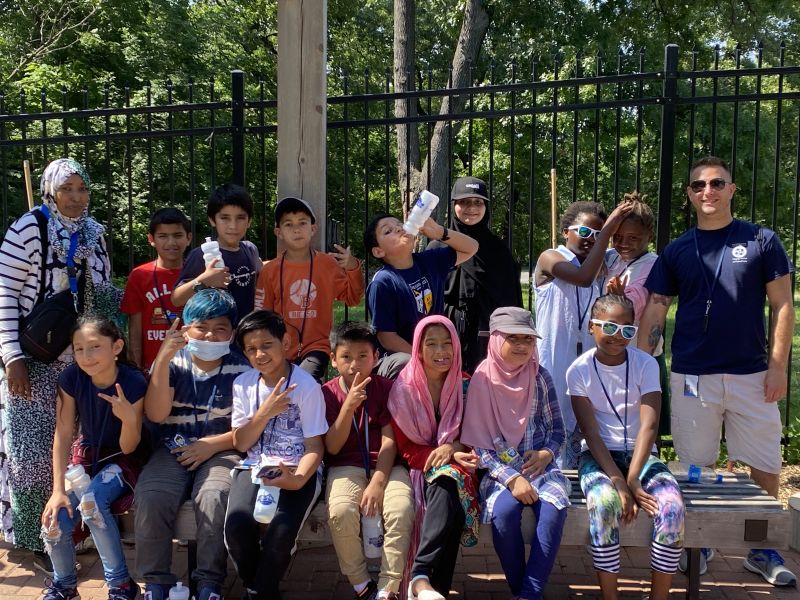
Multilingual Story Garden
A community garden not only adds beauty to a school but also instills pride in the students that help build it. By utilizing best practices for English learners (ELs), students visited a local community garden in the city to learn about gardening and sustainability. They also participated in a story…
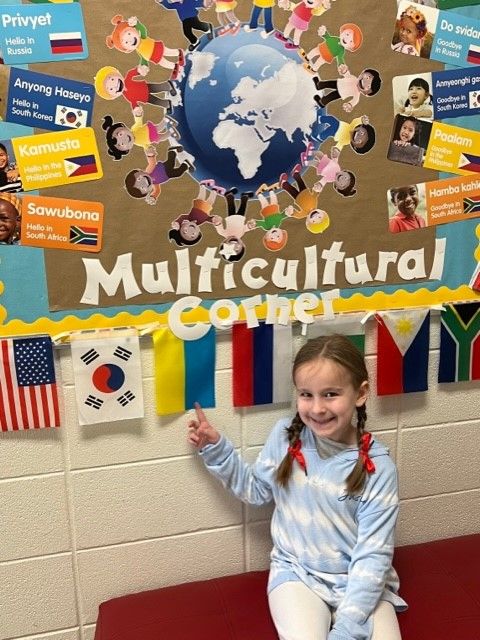
Multicultural Newsletter
The multicultural newsletter aims build connections with multilingual families by getting to know them and by introducing them to the school community. Amber Troye shares her protocol and experiences that can help educators deepen their knowledge about multilingual learners’ home cultures,…

Family Literacy Night
The Family Literacy Night project involves caregivers in the life of an elementary school. In preparation for the event, reading buddies in kindergarten and 4th grade partner to read multicultural books; they also learn to tell wordless picture books and author their own.
Read the full blueprint.
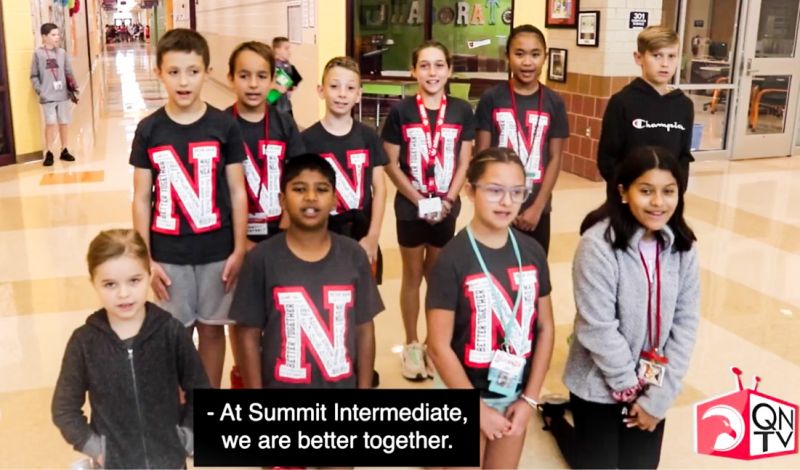
Better Together Unit in Nixa Public Schools
Kara Griffin at Summit Intermediate in Nixa Public Schools presents the blueprint of a project that aimed to welcome new families and unite the school around exploring the home cultures and languages of the students who attend. The project contributed a multilingual collection to the school library…
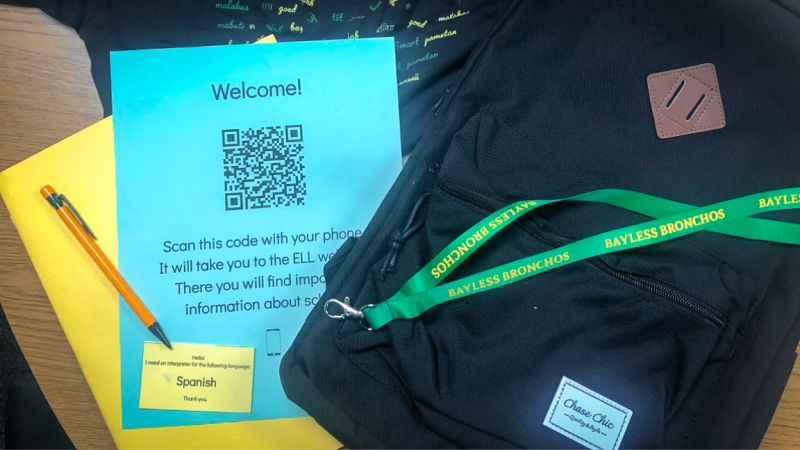
Newcomer Welcome Kits
Sarah Reeves at Bayless School District in St. Louis, Missouri describes her school's activities that aimed at creating a welcoming environment for newcomer refugee families by supplying them with useful items in a thoughtfully assembled backpack.
Read the full blueprint.
